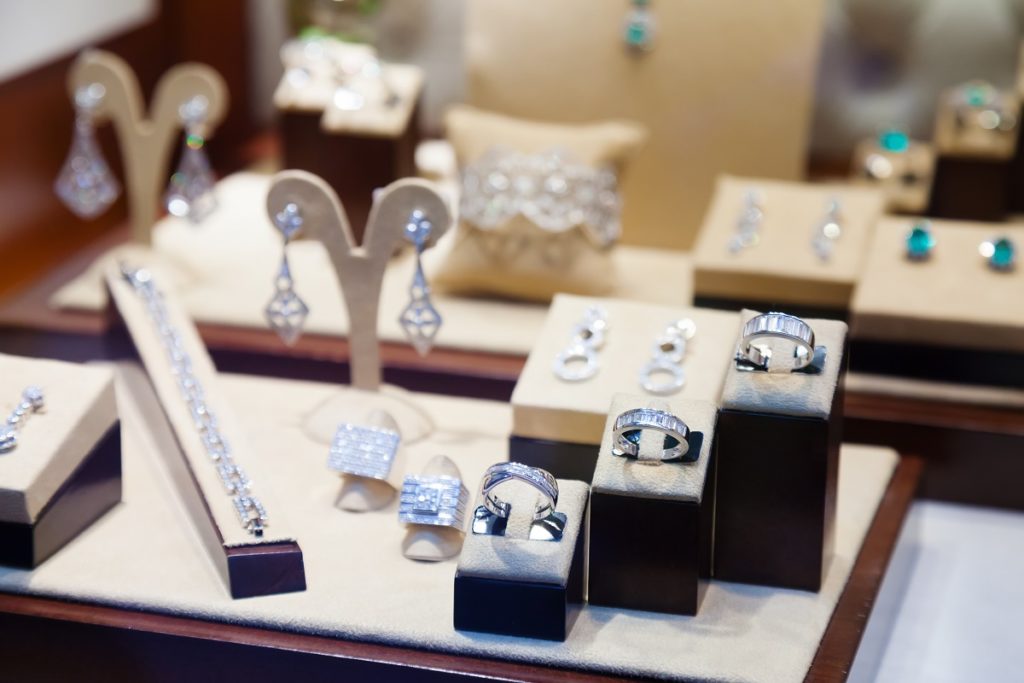The jewellery industry is still going strong, as analytics firm McKinsey & Company expects it to grow by five to six per cent every year and eventually reach a value of 250 billion Euros by 2020. If you feel like your new store is not feeling the effects of that growth, you may need to give it an overhaul. Get it started with the following tips.
Find Success in Specialization
One of the crucial mistakes you can make in your business is not being clear about who your target audience is. If your scope is too broad, you may have a hard time handling different kinds of products for equally different types of customers. Like the auto repair shops where you get your car serviced, you should narrow down your range of offerings and specialise.
Specialisation, according to Investopedia, is a way of production where companies focus on a limited scope of products to be more efficient. In the jewellery business, you often have two choices: fine and fashion jewellery.
- Fine Jewelry refers to pieces made of high-end materials like gold and precious gemstones cut and refined with diamond tools. When you specialise in this field, you’re targeting customers who have more spending power than the average person. As such, your marketing efforts should revolve around a feeling of luxury and exclusivity. One way to do this is to create a collection with limited stocks.
- When you want to specialise in fashion jewellery, you’re making affordable pieces that are made of what traditional jewellers perceive as lower-quality materials like aluminium, brass, and copper. These may also be made of semi-precious stones like cubic zirconia. You’re targeting the masses who want to enhance their style, but don’t want to shell out the extra cash for fine jewellery. As such, you should focus on meeting high demands and taking advantage of low-cost materials by making your stock replenishable. Your approach should be that of fast fashion brands like H&M and Forever 21: affordable without looking cheap.
Another advantage of specialisation is that it makes your supply chain much more streamlined. When you’re only focusing on fine jewellery, all you need to do is to hire experienced craftsmen to help you out. When it comes to fashion jewellery, you can outsource your products from an overseas manufacturer to bring down costs. Doing both at the same time is just confusing and a waste of money, especially when you’re just starting out.
Stick with a Tighter Style
While it’s fine to experiment with a variety of styles when you’re just starting, you may want to narrow it down even if you’re selling fashion jewellery. Think of a signature shape or colour scheme that you resonate with as an artist. Base your designs on them and try to think of ways to morph them into something unique for your next collection.
Update Your Lookbook

Now that you have a signature style figured out, it’s time to refresh your lookbook. While flat lays have become popular, nothing inspires shoppers more than seeing your product in an actual outfit. It gives them an idea of how it may look on them and how they might use it for their own style. If you’re only beginning, you can be your own model. After all, you probably made your products with a definite look in mind.
For each collection, create a mood board that has a cohesive theme. If you want to give your customers inspiration for summer looks, you may want to shoot on the beach and with outfits that feature warm and bright colours. Hire an expert photographer to coordinate these shots with you. Apart from having your customers see every detail in your look clearly, high-quality photos also make your business appear more professional.
Upgrading your jewellery business also means narrowing it down by specialising in one type of product and sticking to a signature style. Once you have it all on lock, specify your product’s function even more by including it in a lookbook. Follow these guidelines, and your jewellery will be the talk of the town in no time.

